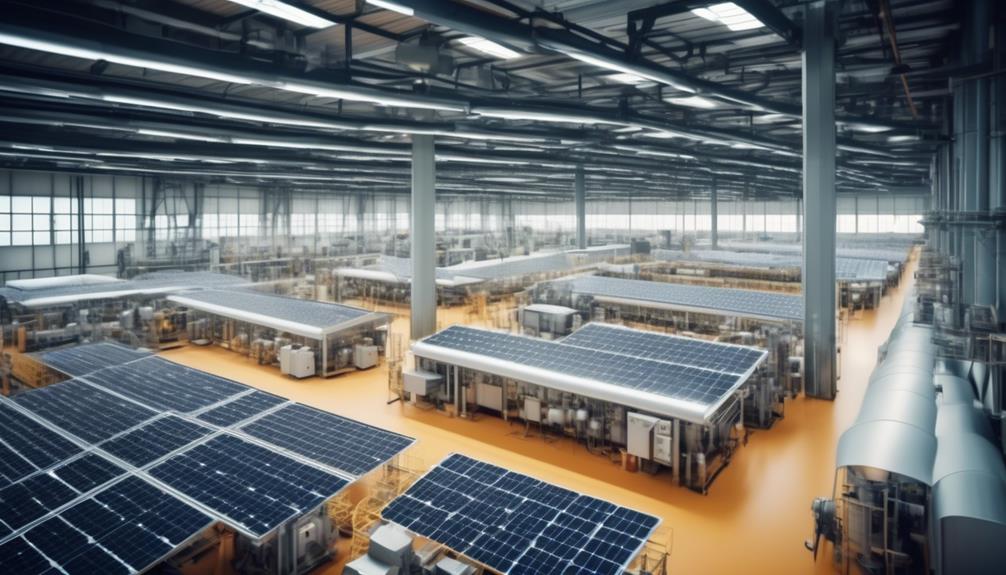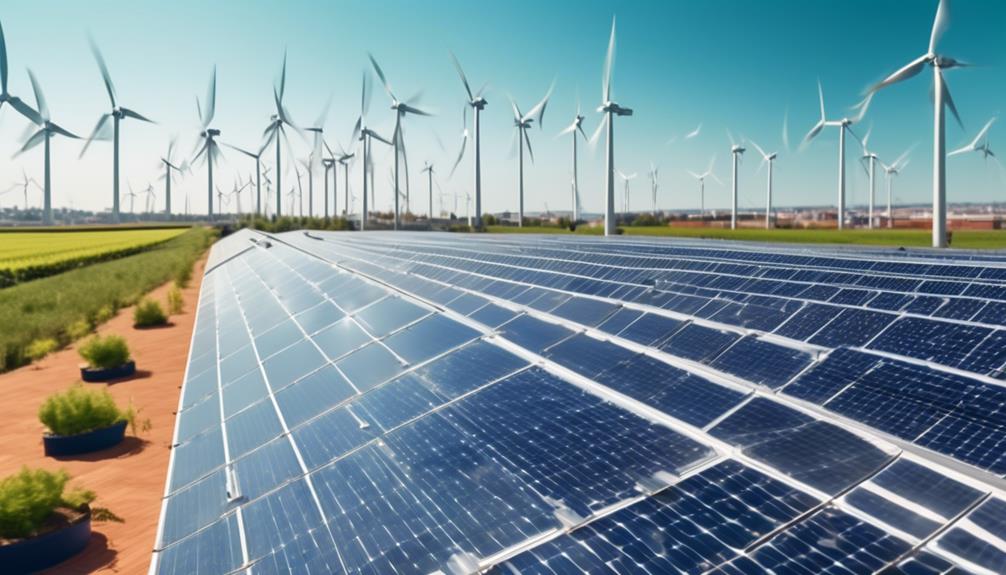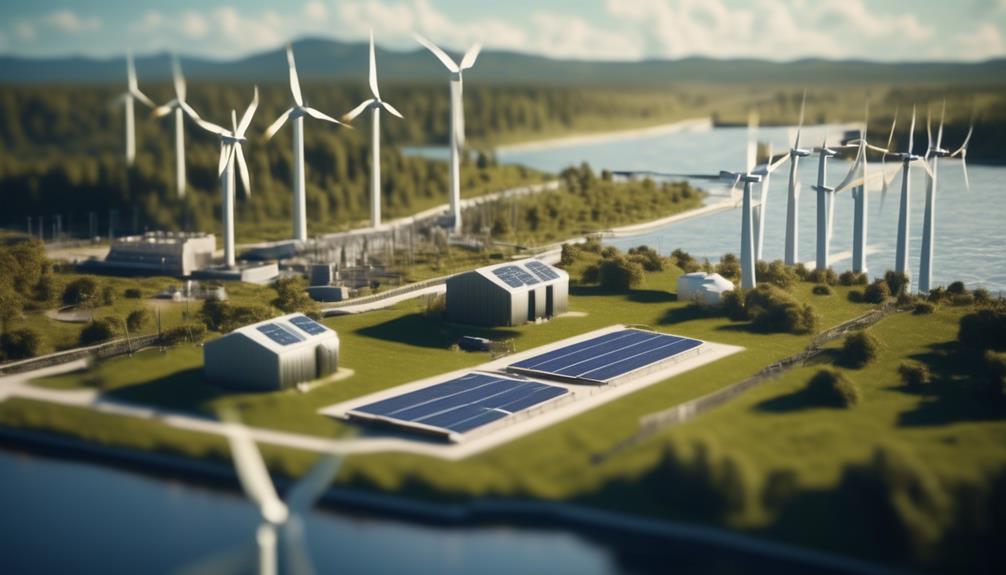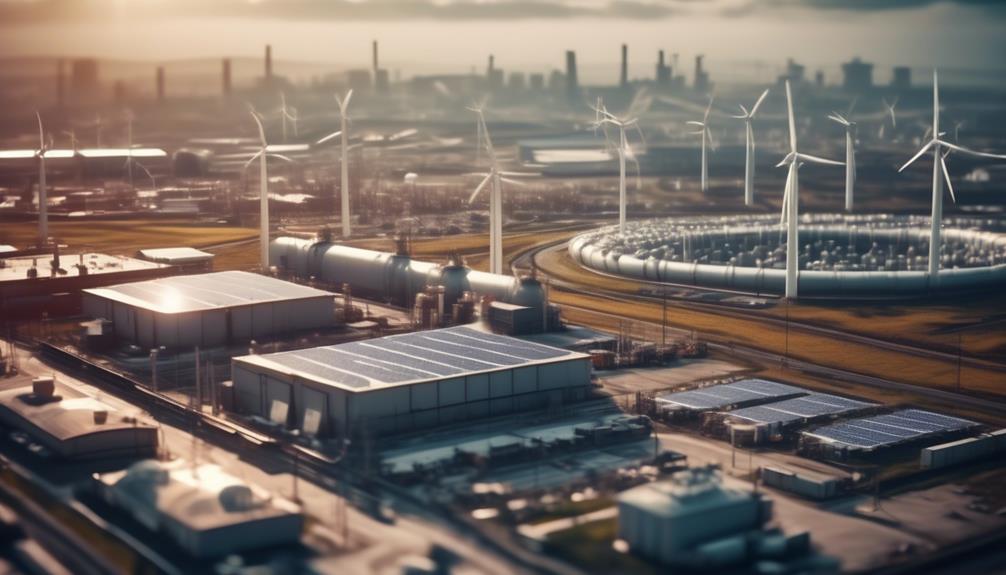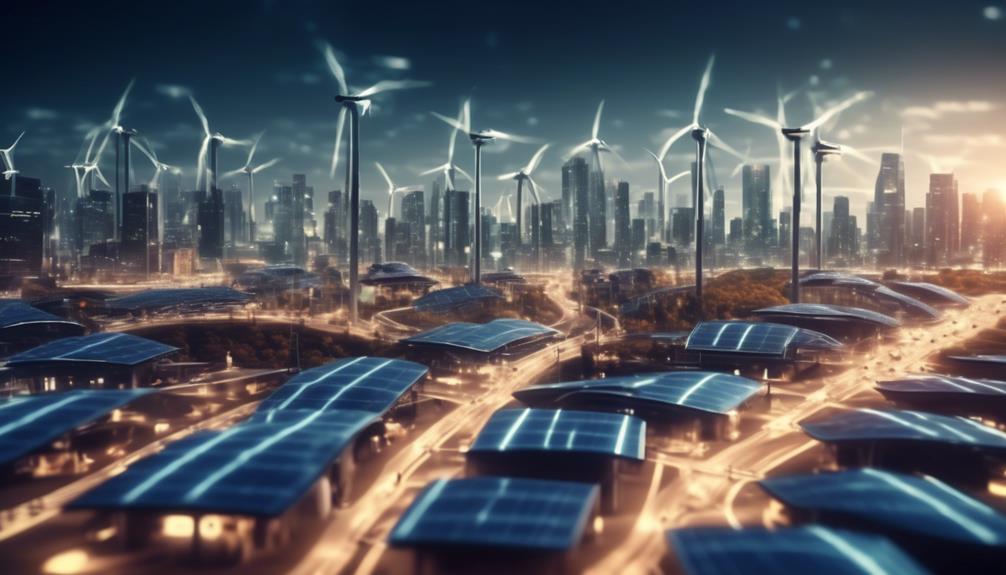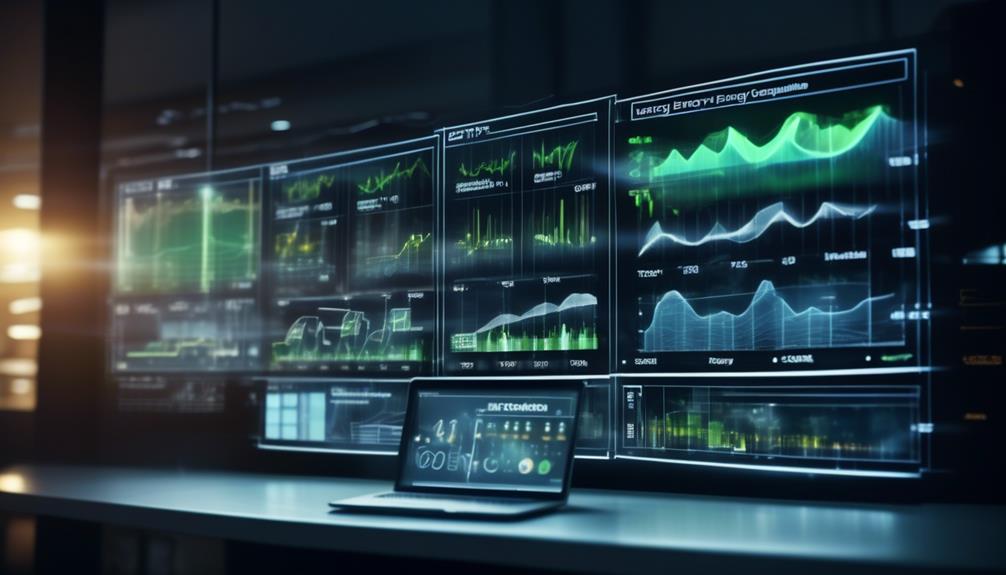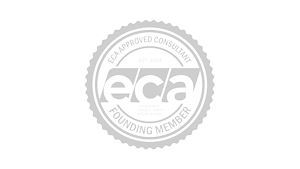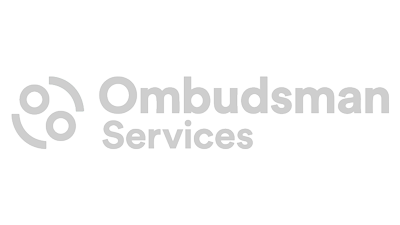In an era where efficiency and sustainability are not just buzzwords but imperatives, businesses across the globe are on a quest to trim their energy use. This drive is not merely about cutting costs—it’s about embracing responsibility towards our planet while navigating the complexities of modern operations.
The escalating utility bills and the mounting pressure to meet environmental standards represent significant hurdles. Yet, these challenges also unveil opportunities for innovation and improvement.
With a wealth of experience in energy optimisation, this discussion delves into practical, impactful strategies that resonate with your daily operational challenges. By focusing on proven methods like enhancing energy monitoring, optimising existing equipment, and investing in modern HVAC solutions, we lay out a roadmap towards not just a more sustainable business model, but a more profitable one.
As we venture into these solutions, rest assured, the path to reducing your energy consumption and carbon footprint is within reach, inviting you to explore the transformative steps that lie ahead.
Key Takeaways
- Conduct regular energy assessments and monitor energy consumption to identify areas for improvement.
- Implement energy-efficient lighting strategies, such as LED retrofitting and motion sensor lights.
- Optimise equipment and appliance usage by investing in energy-efficient models and encouraging staff to turn off equipment when not in use.
- Upgrade HVAC systems with regular maintenance, utilise fans instead of air conditioning, and install smart thermostats to optimise temperature settings based on occupancy patterns.
Energy Monitoring and Analysis
Energy monitoring and analysis is a crucial tool for businesses to track and optimise energy consumption patterns, reduce waste, and implement targeted energy-saving measures. By conducting energy efficiency assessments and leveraging data-driven decision making, businesses can gain valuable insights into their energy usage and make informed choices that will lead to significant cost savings and environmental benefits.
One of the key benefits of energy monitoring and analysis is the ability to identify trends and peak usage times. By analysing energy consumption data, businesses can determine when and where energy is being used the most. This information allows them to optimise energy usage and reduce waste during periods of peak demand. Additionally, businesses can identify areas for improvement and implement targeted energy-saving measures.
For example, if the analysis reveals that a particular piece of equipment is consuming a significant amount of energy, businesses can consider upgrading to a more energy-efficient model or implementing operational changes to reduce energy consumption.
Furthermore, energy monitoring and analysis enable businesses to make data-driven decisions about equipment upgrades and operational changes. By analysing energy usage data, businesses can determine the return on investment for potential energy-saving measures, helping them prioritise and allocate resources effectively. Real-time energy monitoring systems can provide businesses with up-to-date information on energy use, allowing for immediate action to be taken to control and reduce energy consumption.
Efficient Lighting Strategies
To optimise energy usage and reduce costs, businesses can implement efficient lighting strategies. One effective strategy is LED retrofitting, which involves replacing traditional incandescent or fluorescent lights with energy-efficient LED lights. LED lights consume significantly less energy and have a longer lifespan, resulting in cost savings for businesses. Additionally, businesses can implement daylight harvesting techniques to make the most of natural light. This involves utilising windows and skylights to maximise natural light and reduce the need for artificial lighting during daylight hours. By relocating workstations to areas with ample natural light, businesses can further reduce energy consumption. Another strategy is the installation of motion sensor lights in areas where continuous lighting is necessary. These lights automatically turn on or off based on occupancy, ensuring that lights are only used when needed. Lastly, businesses should encourage employees to turn off lights when not in use to save energy. By implementing these efficient lighting strategies, businesses can reduce energy consumption and lower costs.
| Efficient Lighting Strategies | Implementation |
|---|---|
| LED Retrofitting | Replace traditional lights with energy-efficient LED lights. |
| Daylight Harvesting | Utilise natural light by relocating workstations and maximising windows and skylights. |
| Motion Sensor Lights | Install lights that automatically turn on or off based on occupancy. |
| Employee Education | Encourage employees to turn off lights when not in use. |
| Regular Monitoring | Continuously assess lighting usage and make necessary adjustments. |
Equipment Optimisation
After implementing efficient lighting strategies, businesses can further optimise their energy usage and reduce costs through equipment optimisation. By regularly maintaining and cleaning equipment, businesses can ensure optimal performance and reduce running costs.
Installing power-saving settings on computers, laptops, and printers can significantly reduce energy consumption. This includes features such as automatic sleep mode, power management settings, and adjusting screen brightness. Additionally, replacing old equipment with energy-efficient models can lower energy usage and costs. Energy Star certified equipment, for example, is designed to consume less energy while still providing the necessary functionality.
Finally, encouraging staff to turn off equipment when not in use can save significant amounts of energy. This can be achieved through training programs and reminders to promote energy-conscious behaviour.
To better manage equipment optimisation, businesses may also consider investing in a smart meter. This device can track energy usage in real-time, providing valuable insights to manage and identify areas for improvement.
With equipment maintenance and power-saving settings, businesses can effectively reduce energy usage and lower costs while fostering a culture of innovation and sustainability.
HVAC System Upgrades
Upgrading HVAC systems can significantly improve energy efficiency and reduce operating costs for businesses. Regular maintenance of HVAC systems is essential to ensure optimal performance and energy savings. By conducting routine inspections, cleaning filters, and checking for leaks, businesses can reduce energy consumption by 5-40%. Additionally, utilising fans instead of air conditioning can regulate temperature, humidity, and air movement, further saving energy. Promptly addressing HVAC system leaks not only saves on energy costs but also prevents potential structural issues.
Installing smart thermostats is another effective way to upgrade HVAC systems. These thermostats allow for easy temperature regulation and energy savings by automatically adjusting settings based on occupancy and occupancy patterns. Setting the thermostat at around 25°C in summer and 18°C in winter, and adjusting temperature settings when the building is unoccupied, can lead to significant energy savings.
To provide a concise overview of the benefits of HVAC system upgrades, here is a table summarising the key points:
| Key Benefits of HVAC System Upgrades |
|---|
| Reduced energy consumption |
| Lower operating costs |
| Improved indoor air quality |
| Enhanced comfort for occupants |
| Increased equipment lifespan |
Employee Engagement and Training
Having optimised HVAC systems in place, the next crucial step for businesses to reduce energy consumption and maximise efficiency is through employee engagement and training.
By educating employees about energy-saving practices and encouraging them to turn off lights and appliances, businesses can create a culture of energy conservation. Involving employees in energy-saving initiatives not only empowers them to contribute to the company’s sustainability goals but also fosters a sense of ownership and responsibility. To further motivate employees, businesses can implement reward and recognition programs to acknowledge their energy-saving efforts.
Employee engagement and training play a pivotal role in addressing energy-saving challenges faced by businesses. By providing employees with the necessary knowledge and skills, they can actively participate in energy-saving practices, such as monitoring energy usage and identifying areas for improvement.
Training programs can also highlight the financial benefits of energy conservation, demonstrating how reducing energy consumption can lead to cost savings for the business. Additionally, employees can be educated on the environmental impact of energy usage, sparking their interest and commitment to sustainable practices.

